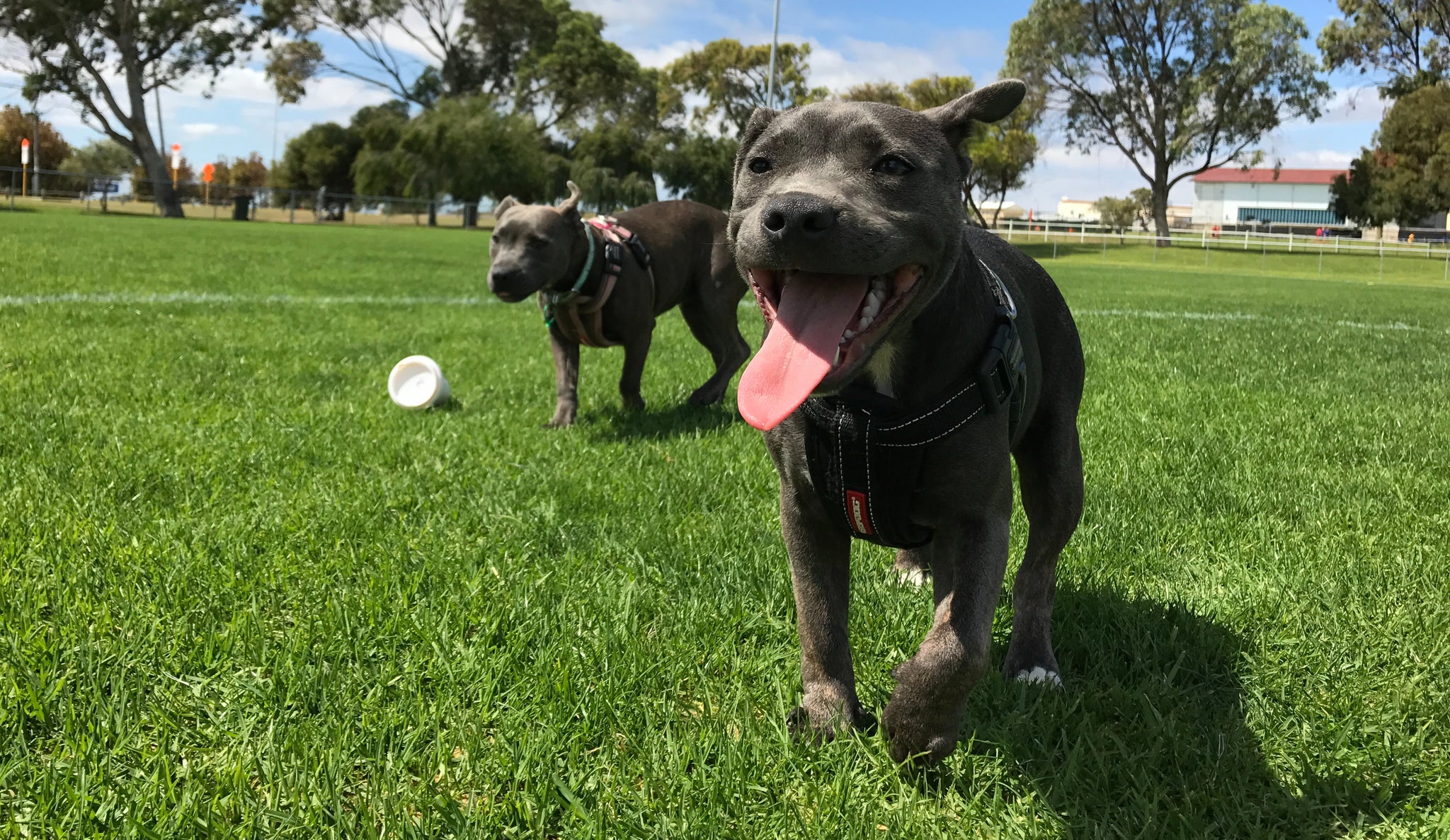Valley Fever cannot currently be prevented with the use of drugs or a vaccine. The best way to prevent your dog from getting Valley Fever is by making behavioral choices.
Avoid Areas Where Valley Fever is Common
You can avoid taking your dog to regions where the fungus is common altogether. If you do travel to one of these areas, mitigate the time spent outside in the dust and monitor your dog while they are outside. Your dog can come in contact with spores by sniffing, digging, hiking, and playing in the dirt and dust. The more time dogs spend outside in these areas, the higher the chances are of contracting the disease.
The fungus is spreading across northwestern parts of the United States due to global climate change. This puts even more people and dogs at risk and makes the need for a preventative treatment even greater. You should always be open with your veterinarian about where your dog has traveled to help with early diagnosis and treatment if necessary.

Cover Dirt in Your Yard
If you live in an area where Valley Fever is common, you may want to invest in ground cover for your yard. Natural grass, pea gravel, artificial grass, paving stones, concrete, and wooden decks are some options to cover the dust in your backyard and prevent it from getting stirred up. If you have a very large property, even limiting loose dust in the areas closest to your house can help. This is actually the most critical location to mitigate. Keeping dust surrounding your home down with these methods will help prevent it from getting dragged indoors as well. A deck, concrete pad, or stones right around your home can provide surface area for paws and feet to get wiped off before coming inside.

Keep Windows and Entryways Closed
You can prevent dust getting into your home by limiting entryways. The spores are microscopic, so they can enter through screens and nets that may protect you from bugs. If dust can get into your home, so can the fungus. If the dust is prevalent outside your home or there are other environmental factors like construction or dust storms, you should keep your windows closed as much as possible.

Strengthen Their Immune System
Vaccines are in development to prevent Valley Fever in dogs, but there are none on the market yet. While we wait for that breakthrough, your dog will benefit from immune strengthening when it comes to any illness. A stronger immune system may help them battle infections and kill microscopic organisms that enter their body. You should encourage your dog to play and maintain a healthy diet to improve their immune system. Excess fat in the body can promote inflammation, and exercising can help burn fat while strengthening their lungs and limbs.

The microbiome in your dog’s body that maintains healthy bacteria and regulates their immune system is heavily impacted by diet. You will want to make sure your dog gets plenty of fresh vegetables and meat to promote a healthy microbiome. Talk with your veterinarian to determine the best diet plan for your specific pet. Nutritional supplements may also be an option, but your veterinarian will know what is best for your dog.

Some veterinarians have even recommended massaging to promote blood circulation in your dog’s body. Massages help humans feel better and become more mobile, and the same may be true for your pet. You can try to massage around joints and muscles—your pet will feel relaxed from your touch and eager to run the next day. Research shows that massage may also help strengthen cells that kill foreign cells and bodies.
No Need to Worry About Other Dogs
Valley Fever is not contagious through dogs or humans. No human or dog will give your dog Valley Fever, and vice versa. You can take your dog to the dog park without worrying about your dog catching it from another dog. The only way your dog can develop Valley Fever is by inhaling spores of the fungus, so it is best to minimize access to those areas where it is common.

Learn about Anivive's work to end Valley Fever.




